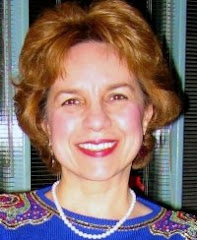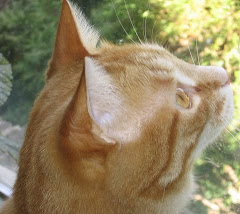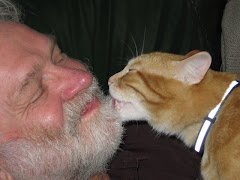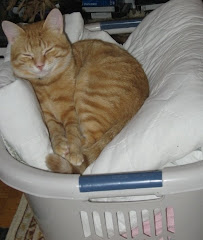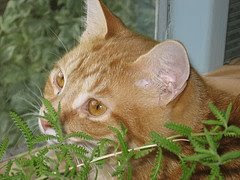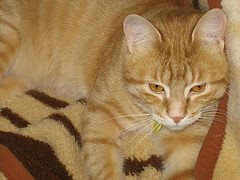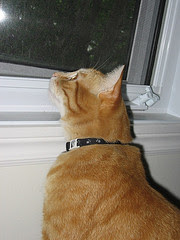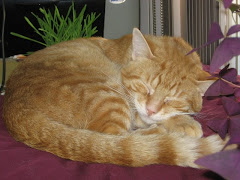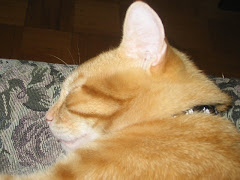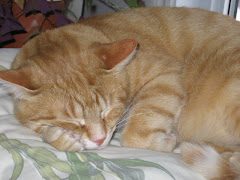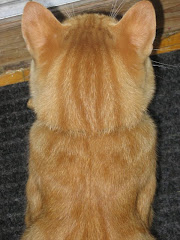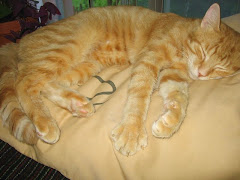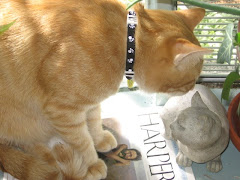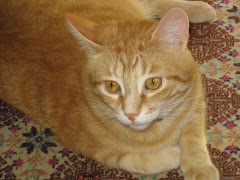
Whirling into Ecstasy
From Africa to Russia, from Australia to North America the world has been celebrating the 800th anniversary of the great Sufi philosopher and mystic poet Mevlâna Jalaluddin Rumî (1207-1273).
Story and Photos by: Füsun Atalay ~ Copyright © 2007
I was fortunate enough to attend Rumî’s 8OOth birthday symposium held at Concordia University, Montreal: the Mevlâna Rumî and Intercultural and Civilization Dialogue dedicated to the International Year of Rumi, 2007 UNESCO. The symposium was sponsored by Dialog Foundation Canada — the first of its kind in Montréal — and was followed by a magnificent Sufi music and Whirling Dervish ceremony at Oscar Peterson Concert Hall.
A panel of Canadian and Turkish scholars — Kenan Gürsoy, Bilâl Kuspinar, Lynda Clarke and Samir Salha — discussed Rumî from ethical, epistemological, political and ecological points of view and showed how his messages to humanity have transcended history, religion, political and geographical tensions, and are more alive and relevant in the contemporary world. They demonstrated the universality of Rumi’s words on the unification of humanity and how peace, dialogue and enlightened knowledge can transcend all nations and religions and overshadow all political misunderstandings.
Natural wisdom
Concordia’s Clarke explained how Rumî perceived nature as an entity that possesses wisdom and communicates with God, its creator. He wrote that processes of nature are controlled by God, and all atoms of Earth and heaven are God’s army. Nature is articulate — it speaks (literally) and only the mystic (enlightened) mind hears it.
Rumî believed the unenlightened man lives as a slave to the dictates of the material world. The spiritual practices his followers pursue are aimed at achieving enlightenment through submission to a higher order of spirituality, without which the real self is but a slave to the ego and is destined to live in an eternal state of conflict.
The true self, he said, cannot receive spiritual guidance and nourishment if it’s cut off from the heart, which is the centre of divine love, faith, music and poetry. Humanity is nurtured by overcoming the enslavement of the soul. Thus, in Rumî philosophy, “… the love of God leads to the lover forgetting himself in the love of the Beloved.” (Source: “The Life and Spiritual Milieu of Mevlâna Jalaluddin Rumî,” translated by Camille and Kabir Helminski)
Whirling Dervishes are known as Semazen after the whirling dance ceremony. They are members of an Islamic sect, the Sufi, and followers of the order Rumî founded. The philosopher lived in Konya, Turkey during the Seljuk period (13th Century). The Mevlevî Order influenced many aspects of Ottoman culture from the 14th to the 20th century,xleaving indelible marks in calligraphy, visual arts and poetry, although its greatest impact is probably in music.
In his voluminous verses, Mevlâna emphasized that “music uplifts our spirit to realms above, and we hear the tunes of the Gates of Paradise.” Consequently, the meeting places of dervishes became academies of art, dance and music.
World tour
Whirling Dervishes have been travelling around the world in 2007 to offer an insight into Rumî philosophy. Through the whirling ceremony called Sema, they seek unification of the three principal components of man’s nature: emotion, mind and spirit, and the purification of all three by turning to Divine Unity.
A fundamental premise of Rumî philosophy maintains that everything in life revolves within its structural atoms, and humans live — however natural and unconsciously — by means of the revolution of these particles. Since everything in the universe, from the minutest cells to the largest planets, is constantly revolving, the Semazen participate consciously in the shared revolution of existence because they believe free will and intellect are what distinguish human beings from other creatures.
Observing the Whirling Dervishes was one the most captivating spiritual ceremonies I have seen in my life. The Sema ceremony started with very deliberate, gentle turns.
The unique attires of the dervishes were just as symbolic as the ceremony: their conical hats represented the tombstone of their egos. White robes with full skirts symbolized the shrouds of their egos.
Over these, they wore full black cloaks which they removed before they started their whirling. These black cloaks were representations of the worldly tombs which they shed as an indication of their will to be born to spiritual truth and be delivered from the attachments of the material world.
The Semazen stood very straight, with their arms crossed over their chests — a posture which symbolizes the number one, expressing God’s singularity. Then they greeted their sheikh (the leader of the order), who symbolizes the sun illuminating the universe.
One by one they shed their black cloaks, greeted their sheikh and each other before they started whirling.Their arms unfolded gently like the wings of a bird as they turned like Earth turns around its own axis. With one foot grounded on the Earth and other giving them momentum and encompassing all nations, they started spinning into a trance, through which they seek divine love, truth and self-transformation to unite with their Creator before returning to life as servants to all creation.
Although I couldn’t understand all of the words in their chants, I was fascinated by the hauntingly beautiful music and the voice of the singer. Five musicians played Turkish instruments: the ney, which is a type of flute; the tanbur, a long-necked lute; kemenche, a three-stringed fiddle; an ud, which is akin to a lute, and the kanun, a zither.
The Sema ended with a reading from the Qu’ran as the sheikh and dervishes greeted each other once more with a gesture of peace and left to the accompaniment of joyful music.
Mevlâna symposiums and Sema ceremonies are scheduled to continue in Edmonton and Vancouver.
Anyone who would like organize Rumî panel presentations and Sema ceremonies in St. John’s, NL can contact the Dialog Foundation at http://www.dialogfoundation.ca/
A short clip of a Sema can be viewed on YouTube at :
http://www.istanbullife.org/whirling-dervish-ceromonyCopyrighted Material. All Rights belong to Füsun Atalay Copyright © 2007

